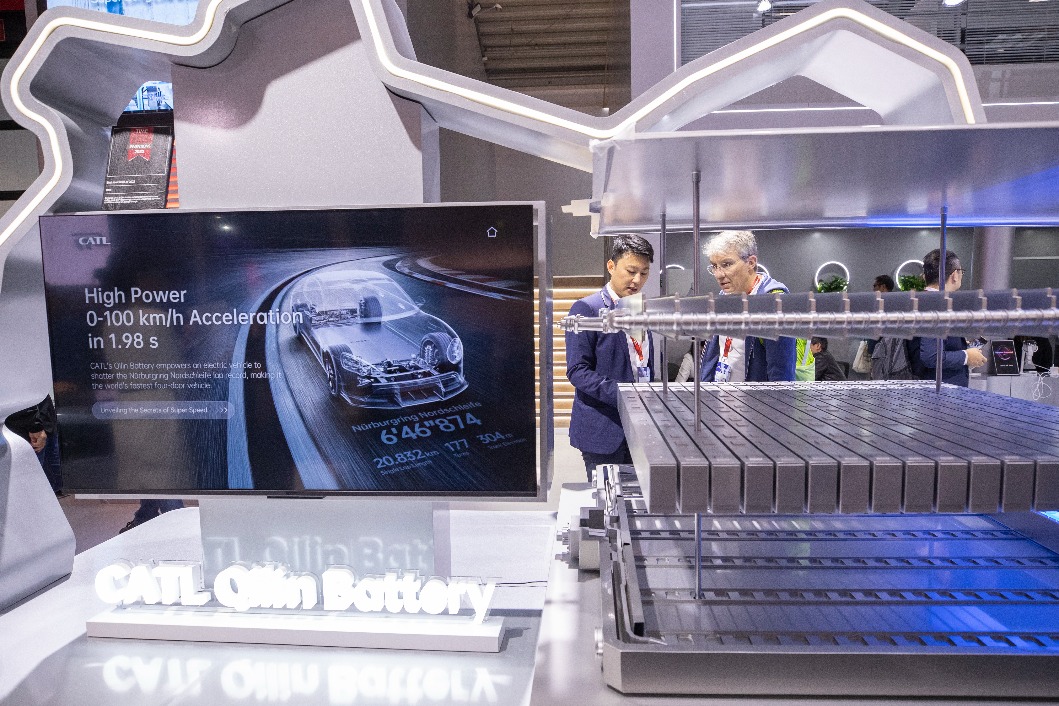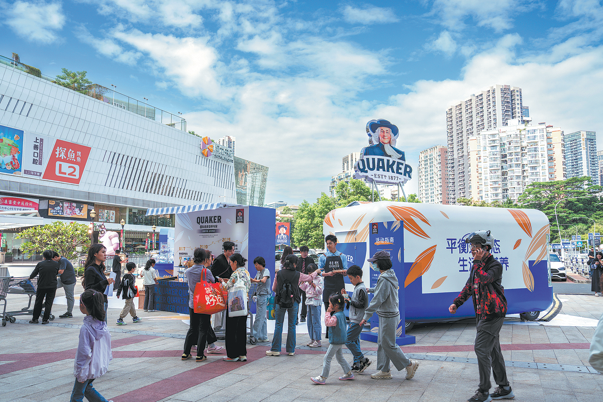All in the pipeline

|
|
In 2000, fishermen living amid the Zhoushan islands in Zhejiang province had access to tap water for only an hour every day.
But what a difference a decade makes. Now the islands, particularly Liuheng island, have been singled out as important areas for the coastal industry, with more companies and factories moving in. The 24/7 access to fresh water has also been a major draw for businesses.
Desalination has been a main priority to meet the area's industrial needs and contribute to Zhejiang's development of its ocean economy for the past decade.
Reverse osmosis through the use of semi-permeable membranes has been the main technology used to process seawater in an area.
In the process, seawater is pushed by high pressure through the membranes that "filter" out the particles for clean water.
Technological improvement and better membranes have helped lower the cost of process and made it significantly cheaper than distillation, which uses more heat to obtain fresh water for seawater.
"Ten years ago, a ton of desalinated water cost about 10 yuan (1.04 euros), while it only costs 5 yuan now," says Yang Bo, deputy chief engineer at the Hangzhou Water Treatment Center, which is also the National Engineering Research Center for Liquid Separation Membrane.
Local authorities also invested 650 million yuan to build the nation's largest desalination production base in the Qianjiang Economic Development Area in late March. The move is expected to have a daily production capacity of 700,000 tons desalinated water in two years.
The desalination base, operated by the Hangzhou Water Treatment Center, covers 10 hectares and includes 1.6 million square meters of reverse osmosis membranes and nanofiltration membrane production lines and an ultrafiltration membrane production with an annual capacity of 1 million sq m.
|
|
The program's output value is expected to increase to 10 billion yuan in 10 years, with comprehensive desalination products and services.
"Our factory was leased and we used to focus on promoting desalination projects, but now our membrane production capability is close to top international levels," Yang says. About 75 percent of membranes used in the programs are produced in China and cost about 30 percent less than imported ones.
Zhejiang's annual water demand is expected to increase to 9 billion cubic meters by 2020, even as many freshwater resources such as lakes and rivers in the province have been polluted, reported the Metro Daily under the Hangzhou Daily Press Group.
The development of the marine economy in Zhejiang is part of a national strategy and is expected to lead the province's port construction and development industries. But against this backdrop, the shortage of freshwater resources will become more pressing, says Tan Yongwen, chief engineer from Hangzhou Water Treatment Center.
"Seawater desalination can be used for the development of the marine economy to provide water security and ensure sustainable development," Tan says.
Seawater desalination has been used in 125 countries throughout the world to supply water to more than 100 million people.
For the past decades, China has also considered and studied desalination as an important means of dealing with its water shortages.
Today's Top News
- Reunification will only make Taiwan better
- Outline of Xi's thought on strengthening military published
- Targeted action plan to unleash consumption momentum
- Separatist plans of Lai slammed
- Sinologists help to bridge civilizations
- HK unveils sweeping steps after huge blaze
































